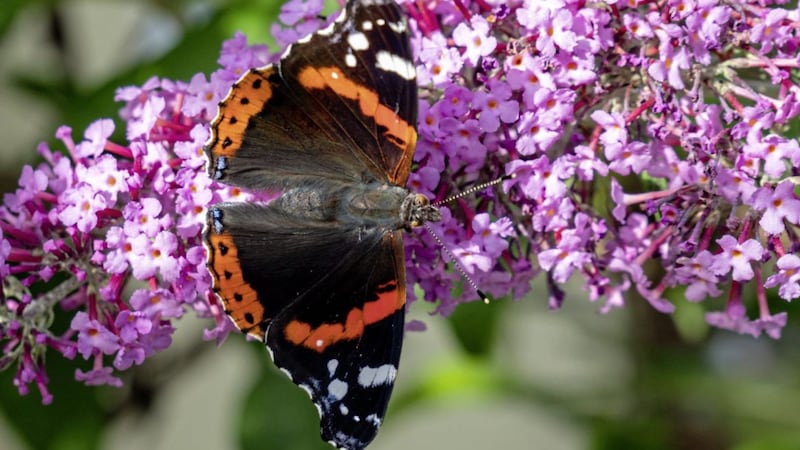ON A balmy mid-August evening, the rustling noise of blackbirds devouring rowan berries, a solitary robin warbling its plaintive song, swollen bean pods, and the scented fragrance from wild woodbine, all suggest summer’s work is nearly done.
A light dusting of triangular birch leaves already on the ground and the background din of agricultural vehicles drawing grass also point us towards early autumn, the ‘season of mists and mellow fruitfulness’ as Keats described it in his poem To Autumn, published in September 1820.
When exactly autumn begins depends, as with all the seasons, on whether you use the meteorological or astronomical definition.
Meteorologically, the year is split into four seasons of three full months based on the annual temperature cycle and on the Gregorian calendar, introduced in 1582 by Pope Gregory XIII and used throughout most of the world. According to this time line, autumn starts every year on September 1 and runs through until November 30 before Winter begins on December 1.
A more detailed focus on the natural rotation of Earth around the sun forms the basis for the astronomical calendar, in which we define seasons with two solstices and two equinoxes.
Observing such natural phenomena to mark time has been done by people for thousands of years. The Earth’s tilt and the sun’s alignment over the equator determine both the solstices and equinoxes.
The equinoxes mark those times when the sun passes directly above the equator and we have equal amount of daylight and darkness hours so that in our northern hemisphere, the autumnal equinox, which falls on or close to September 22 will be the first day of autumn, giving way to winter on the winter solstice around December 22. The spring or ‘vernal’ equinox (around March 21) will signal the start of spring which runs through to the summer solstice (close to June 21) and the beginning of the summer season.
Either way, autumn is close by but before we transition, there are some late summer treats to enjoy, with several beautifully patterned butterfly species now on the wing, like the peacocks with their distinctive eye-marked upper sides, the rich black velvet of striking red admirals, creamy patched speckled woods and small tortoiseshells. From ancient times the winged form of the butterfly was a symbol for the human soul, with Aristotle giving it the name pysche, the Greek for soul.
An old Irish name for butterfly, dealan dé, meaning ‘light of the gods’, points to a belief in folklore, that butterflies would carry souls of the dead to the otherworld, their own metamorphosis representing journeys between the worlds. The caterpillar, depicting a lifespan, the cocoon equating to death and the emerging adult butterfly becoming the soul, fluttering off, reminiscent of spiritual transformation.??In the Irish myth The Wooing of Étaín, Étaín, daughter of Ailill, king of the Ulaid, is transformed by a jealous woman into a fly or the more attractive butterfly in later versions. After seven years Étaín falls into the drinking cup of the wife of Étar, a warrior, who swallows her, becomes pregnant, and subsequently gives rebirth to her.
Beyond our shores, butterflies have featured in other cultures throughout history, in art and artefacts as symbols of beauty, freedom and resurrection. In The Symbolism and Significance of the Butterfly in Ancient Egypt (2013) Dawn Haynes writes of butterfly images found there in tombs and on jewellery such as "the bracelet found in the tomb of Queen Hetepheres I, and on various artefacts, including faience amulets".
So, before Keats’s ‘gathering swallows twitter in the skies’, enjoy the remaining summer days.








